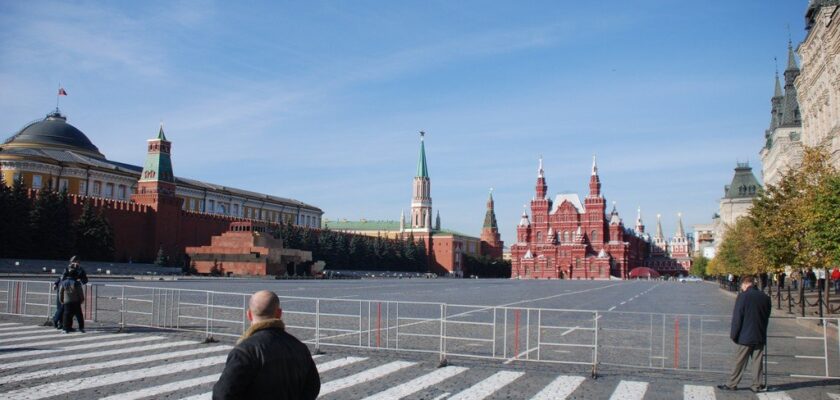Moscow Kremlin
Moscow Kremlin, the main of all Kremlins, is the only one capitalized. It is the largest active fortress in Europe. Its semi-regular status is due to the fact that the entire complex is both a UNESCO World Cultural Heritage Site and the official residence of the President of the Russian Federation.
.
The Kremlin features 20 towers, walls from 5 to 19 meters high, 3 to 7 meters thick and a total length of 2.5 kilometers, museums, cathedrals, gardens and other attractions. The Kremlin was wooden, white stone, destroyed, burned, repeatedly completed and rebuilt, but each time became even more majestic.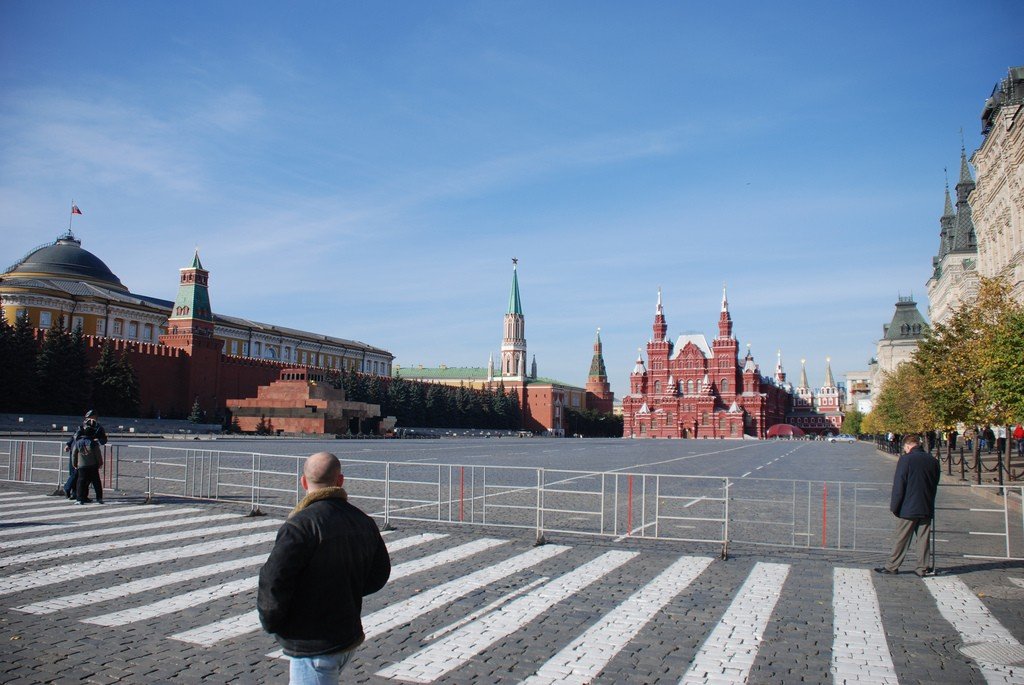
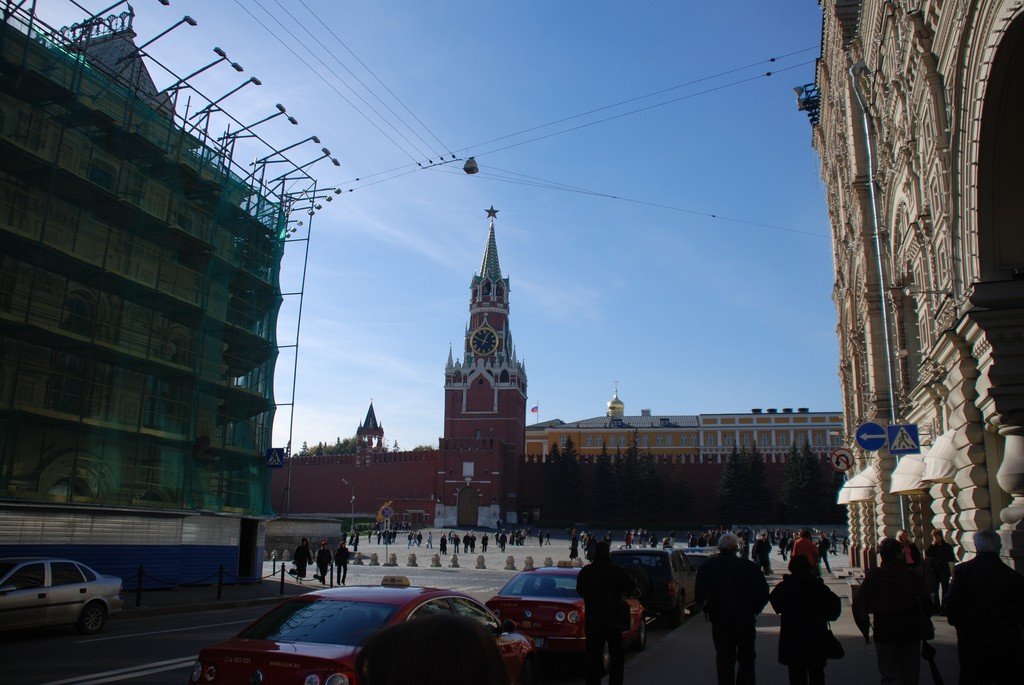
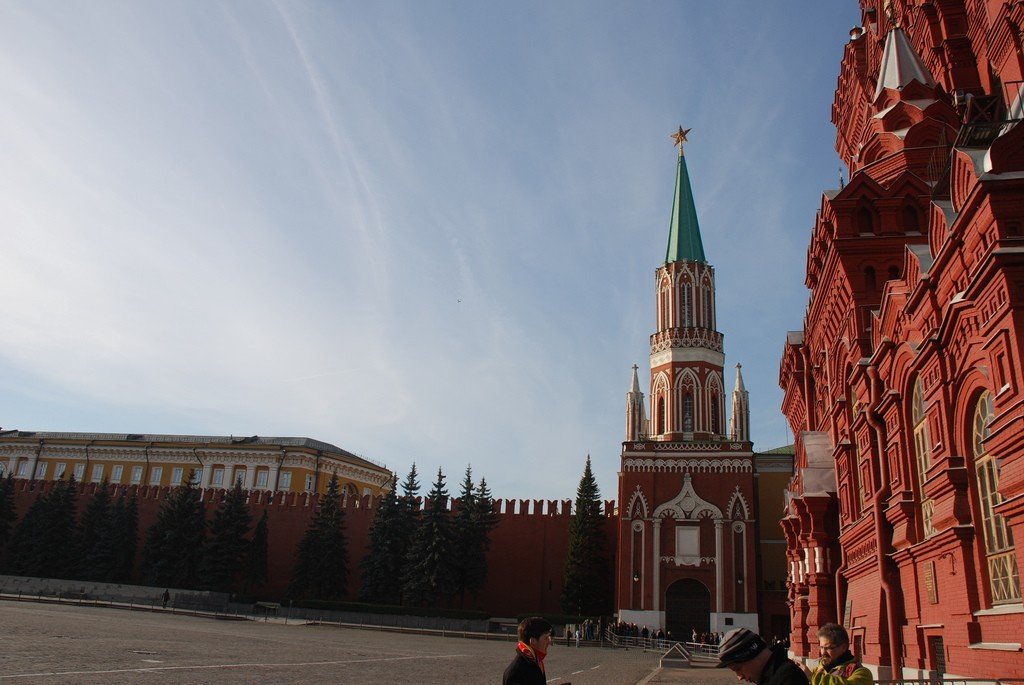
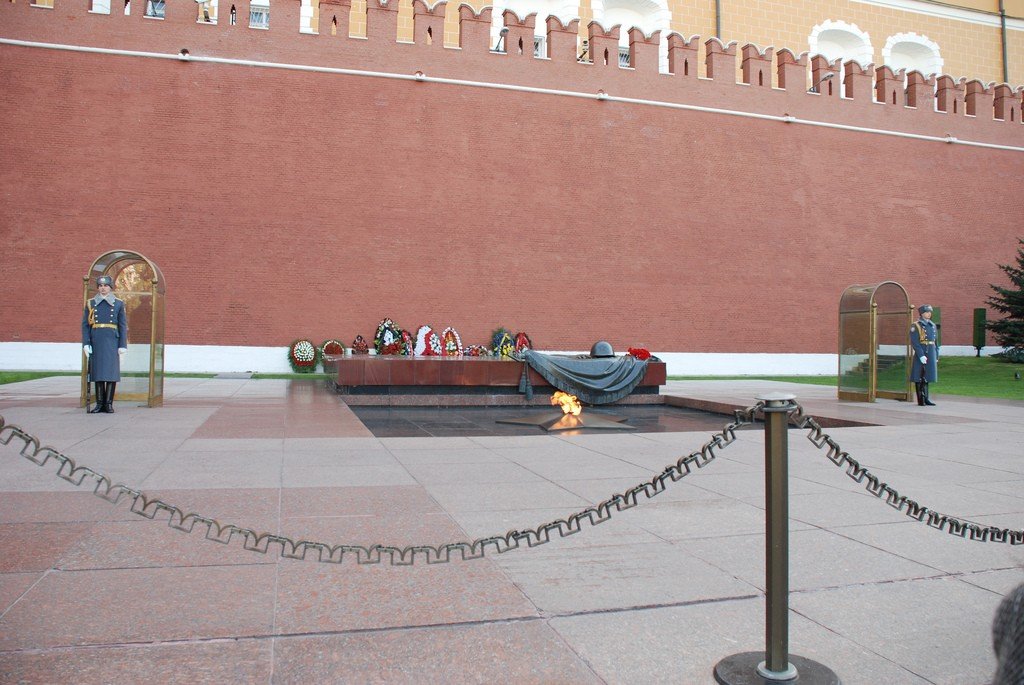
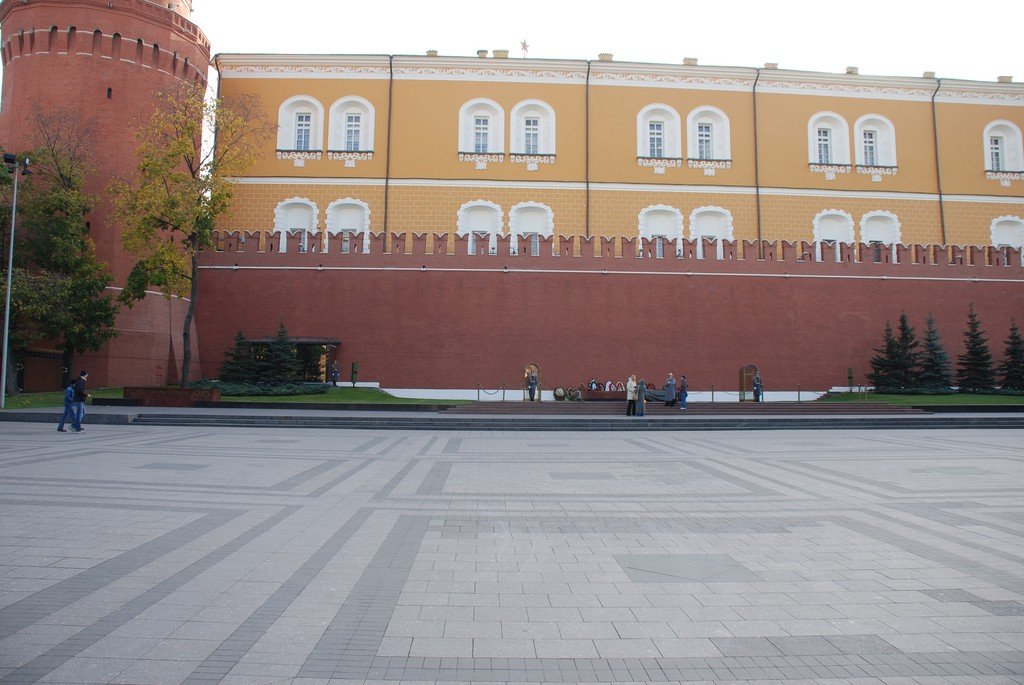
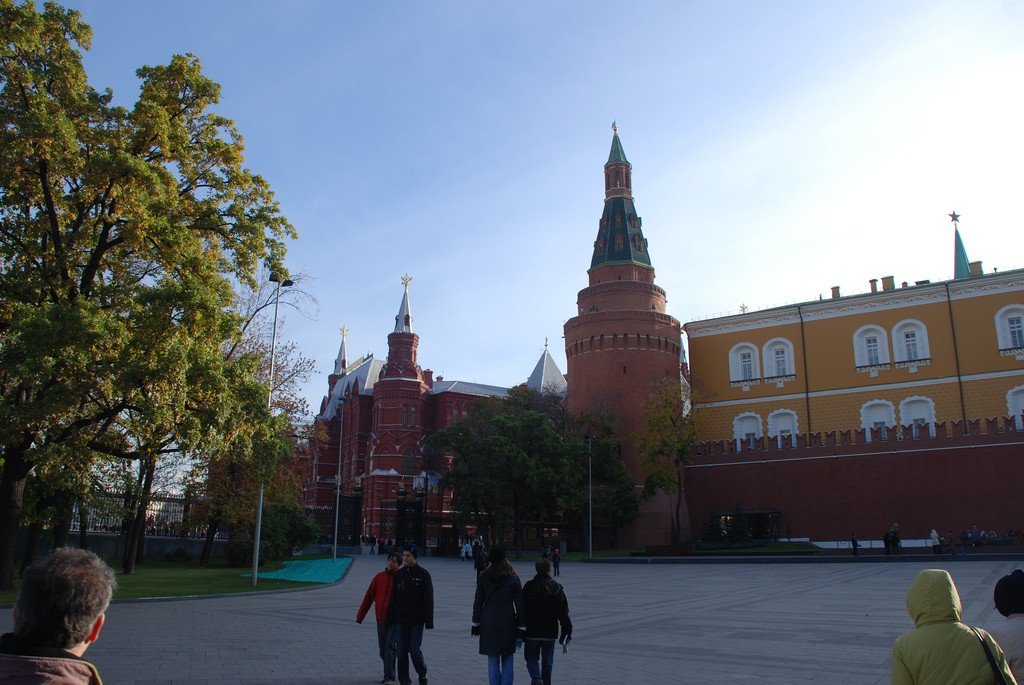
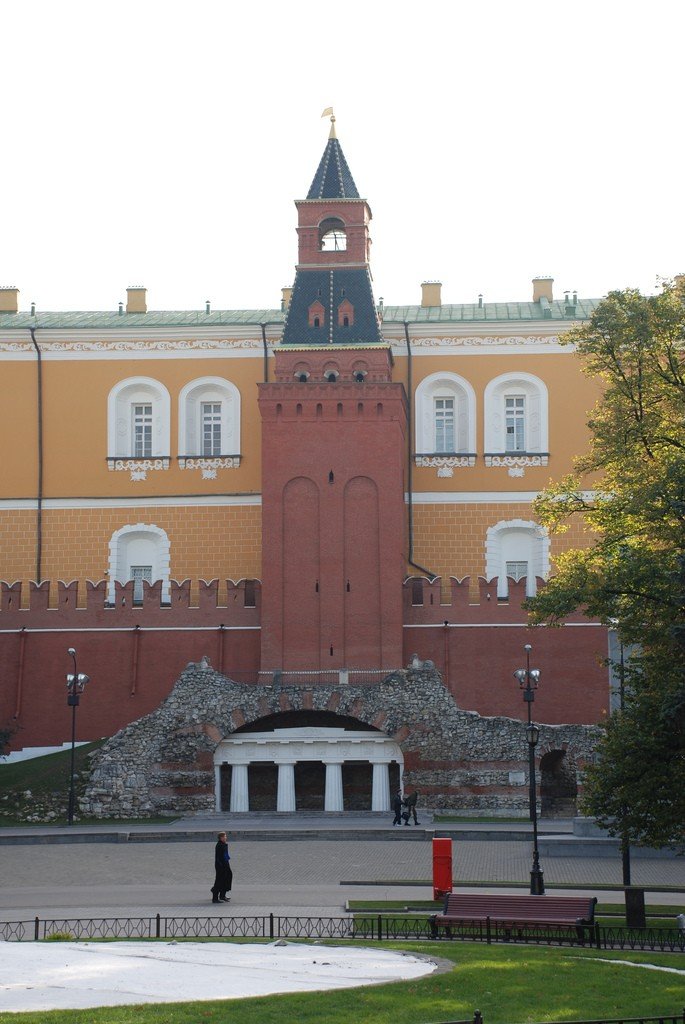
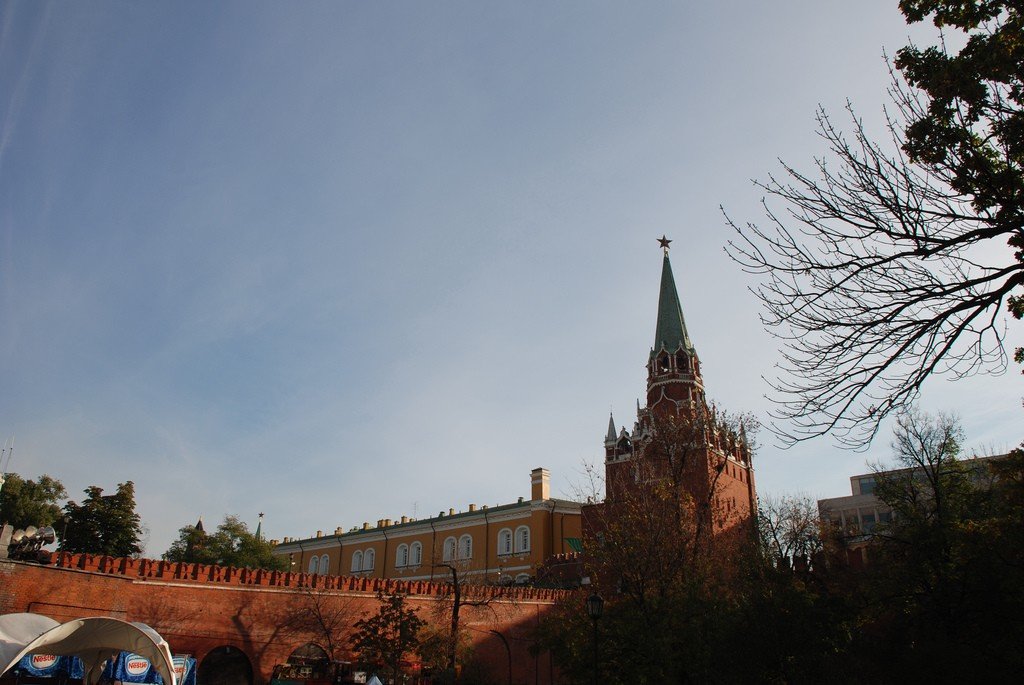
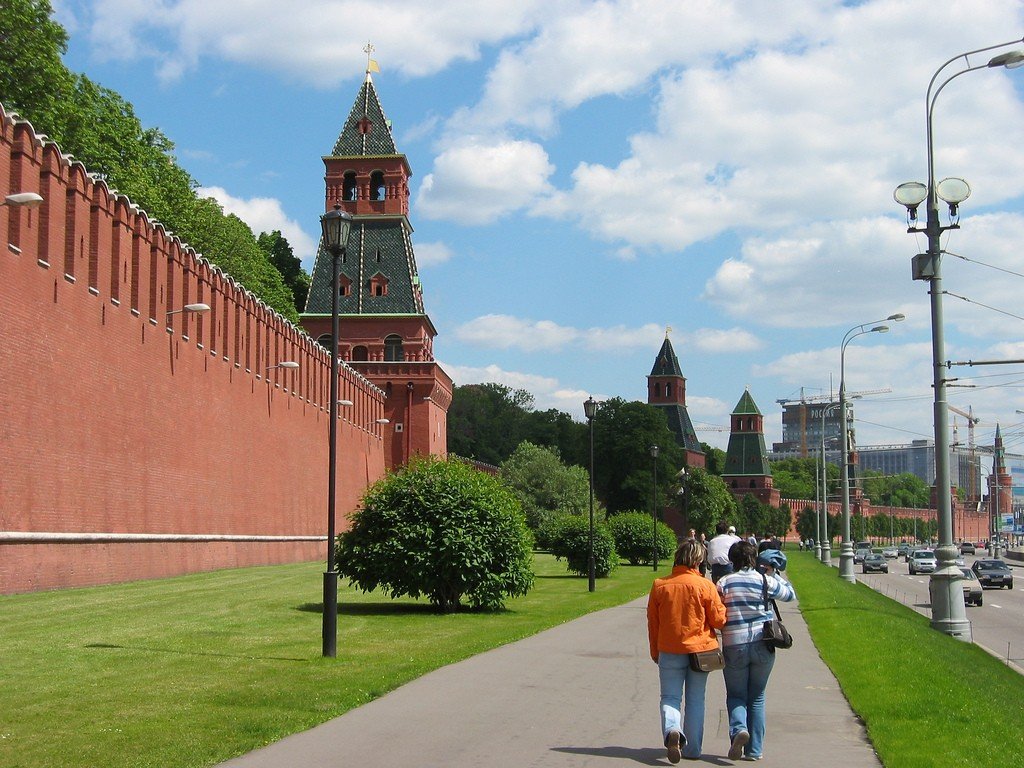
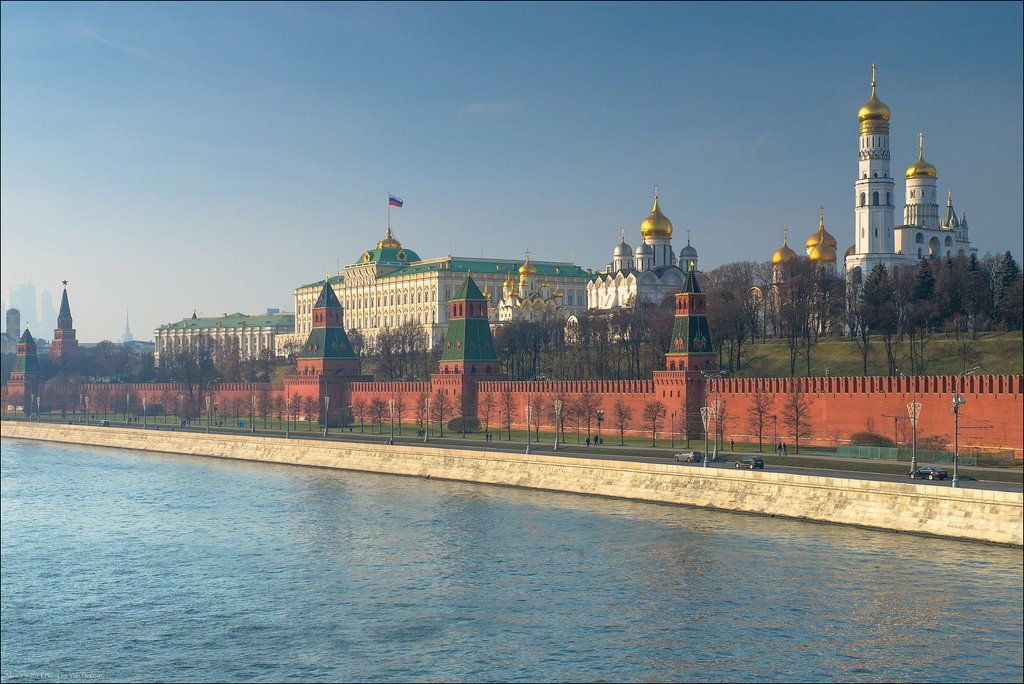
Highlights
The Moscow Kremlin is located in the very center of Moscow, on the high bank of the Moskva River. Its powerful walls and towers, golden-topped temples, ancient terems and palaces rise above the Moskva River and form a beautiful architectural ensemble.
“Above Moscow there is the Kremlin, and above the Kremlin only the sky,” says an old proverb. The Kremlin is the most ancient part of Moscow, currently the seat of the highest state authorities of Russia and one of the main historical and artistic complexes of the country..
In plan, the Kremlin is an irregular triangle. Its southern wall faces the Moskva River, to the north is Red Square, and to the northwest is the Alexander Garden. In the XIV century cathedrals and monasteries were already built here, the Kremlin was the center of the Russian Orthodox Church. In the XV and XVI centuries, three giant cathedrals were erected. There is a lot to see here! The Annunciation Cathedral has beautiful icons and iconostasis; the Ivan the Great Bell Tower with two golden domes can be seen from a distance of 30 km, it rises next to the Assumption Cathedral; not far from the cathedral stands the largest bell of the Kremlin – the Tsar Bell; the Armory contains a variety of treasures, including royal crowns. In addition, there is the Poteshny Palace, the Senate, which houses the office of the President.
.
The most famous building on Red Square is St. Basil’s Cathedral, its fabulous multi-colored domes are topped with golden crosses, and a gilded dome towers over the main tower. Near the Kremlin wall is Lenin’s Mausoleum, and to this day people still line up to pass by his embalmed body. The expanse of Red Square, colorful temples and palaces, and the Kremlin walls will be remembered for a long time..
Originally, the Kremlin served as a fortification of the settlement that arose on Borovitsky Hill, a promontory at the confluence of the Neglinnaya River into the Moskva River. Here was the oldest Moscow church – the Cathedral of the Transfiguration of the Savior, or Spas na Boru, built in 1330 to the millennium of Constantinople – the “New Rome”. The temple was destroyed in 1933. Moscow princes and princesses were buried in it, until the cathedral received the status of a court temple.
.
In 1812 Napoleon blew up the Vodovzvodnaya, Petrovskaya and First nameless towers, the Arsenal Tower was seriously damaged, the annexes to the Ivan the Great bell tower were also destroyed. The restoration took 20 years. In the 30s of the XX century the double-headed eagles crowning the main towers of the Kremlin: the Spasskaya, Nikolskaya, Troitskaya, Borovitskaya and Vodovzvodnaya towers were replaced by ruby stars 3-4 meters in diameter. In 1941-1942, 167 German bombs fell on the Kremlin, but it was almost unharmed. Since 1955, the Kremlin has been open to the public, becoming an open-air museum.
.Entrance to the Kremlin is through the Kutafya Tower, which was built in 1516. Its low and originally unsightly appearance is also associated with its name: “kutafya” in Dahl’s dictionary – clumsily, ugly dressed woman.
.
Behind the bridge is the mighty Trinity Tower. Passing through it, we find ourselves on a bridgehead open to all winds, surrounded by spacious buildings of the Arsenal, the Senate and the Palace of Congresses.
.
Previously there was a complex medieval city with narrow, uneven streets, each quarter of which contained multiple temples and chambers, courtyards and passages. The only fragment of that incredible city is in the passage on the right hand of the gate – it is the Poteshny Palace of the middle of the XVII century, restored by restorers only at the beginning of the current century. On its roof stands the golden-headed house church, once it was surrounded by open gulbisches and hanging apple orchards, laid out on high stone terraces – about the same outlandish way was arranged and the whole female half of the Sovereign’s court, which occupied the place of the present Palace of Congresses.
.The Patriarch’s Palace, which also has its own house church and probably also had a roof garden. Through its archway one enters Sobornaya Square. From here the square reveals itself in the old-fashioned way bright and unexpected: straight ahead – the bell tower of Ivan the Great, on the right – the Uspensky Cathedral, one of the great Russian shrines, the main temple of Russia from the XIV century and until 1918, the tomb of ancient metropolitans and patriarchs. The present building was built in the 1470s by the Italian master Aristotle. The temple is small in size (in textbooks of architecture popular picture, where the silhouette of the cathedral fits into the giant outlines of the Roman St. Peter’s, like a junior matryoshka doll), but at the same time incredibly strong and large – that inside, that outside: the Italians knew a lot about such illusions.
.The Archangel Cathedral of 1505, also built by the Italians on the other side of the square, makes a completely different impression – close to the Assumption Cathedral in size, from the outside it is much more playful and complex, but inside it is cramped and mysterious. Most of its floor is occupied by tombstones of princes and tsars who ruled from XIII to XVIII centuries. All the tombstones are of the same type, the only one that stands out is the carved sienna over the tomb of Tsarevich Dimitri, one of the most tragic losses in Russian history.
.
On Sobornaya Square, the nine-domed palace Annunciation Cathedral, the Church of Rizpozheniye with a small exposition of Old Russian wooden sculpture, exhibition halls in the Dormition Belfry and the Patriarchal Palace are also open to the public. The archaeological exposition in the undercroft of the Annunciation Cathedral and the lower tier of the Ivan the Great Bell Tower receive visitors at certain sessions.
.
The Armory and the Diamond Fund are located in another part of the Kremlin, at the Borovitsky Gate, and to see them you must buy separate tickets in advance. Unfortunately, closed for free access to the Kremlin Palace, although theoretically it is conducted tours, but on a very separate appointment and for separate money. The working population can be satisfied only with an external view of the Granovitaya Chamber – the throne room of sovereigns since the late XV century, as well as visible to the right of him a fragment of the residential royal chambers, crowned by the many heads of the house churches and the heavy-weight hulk of the Grand Palace, built in the middle of the XIX century.
.The Tsar Cannon and Tsar Bell are also located on the territory. Many at the mention of the square recall the saying “to shout to the whole Ivanovskaya”, believing that it was here that the tsar’s decrees were announced. However, there is another variant of deciphering this saying. The Bell Tower of Ivan the Great was the main Russian bell tower, it had forty bells, and each with its own name. All the bells were rung only on the most special occasions. So the expression “in the whole Ivanovskaya” means that some deed should be performed with all the strength and completeness.
.
The famous monuments of foundry art – the Tsar Bell and Tsar Cannon are so huge that they have never been used for their intended purpose. But to touch them with your hand is a good omen.
.
The ceremony of the Presidential Regiment’s horse and foot divorce takes place on Saturdays at 12.00 noon on the Kremlin’s Cathedral Square and on the last Saturday of every month at 14.00 on Red Square.
. And most importantly: don’t miss the first shrine of the new times, the mystical Cosmos Oak tree planted by Yuri Gagarin the day after his flight. Muscovites have long believed in its magical properties, remember you too: if someone goes around the tree three times, saying “Gagarin, Gagarin, fly with a hello, come back with an answer”, his children will certainly be born great cosmonauts..
By the way, the Moscow Kremlin, the main of all the Kremlins, is the only one spelled with a capital letter. It is the largest active fortress in Europe. Its semi-mode status is explained by the fact that the entire complex is both a monument included in the UNESCO World Cultural Heritage List and the official residence of the President of the Russian Federation.
.
Upon entering the Kremlin, visitors’ personal belongings are searched. All unauthorized items will have to be handed over to the storage room located in the lower tier of the Kutafya Tower. Photography and videotaping, including amateur photography, are prohibited in the museums. Armory and the Diamond Fund.
.History of construction
Since the time of Dmitry Donskoy, Moscow has been adorned with a white-stone Kremlin (built in 1368). Over the past century, its walls have had time to wear so much that foreigners because of the abundance of gaping gaps, which were laid with logs, happened to take them for wooden. And this Kremlin was built in those years, when the Italian masters in Russia have not yet heard of. Having at his court master Aristotle Fioravanti, Ivan III could well think about how to remake the fortress so that no one not only could not take it, but also dared not even come close to it. However, the name of Aristotle Fioravanti among the builders of the Moscow Kremlin never appeared anywhere. However, many historians tend to consider Aristotle to be the true creator of the general plan, who outlined the general line of the Kremlin walls, outlined the positions of the towers, laid secret dungeons and labyrinths, while his compatriots worked on individual sections. Works on the Moscow Kremlin were carried out as no fortress was built in Russia yet. On the area with radius of 100 sazheniya not a single building was left around. Even churches which have stood there some centuries were demolished. The area behind the Moskva River opposite the future Kremlin walls was also cleared of buildings. Such an approach to construction was required by the rules of fortification of those times, which came from Europe.
.
After Fioravanti’s death, other architects were engaged in construction. Thus, a certain Anton Fryazin began to work on the construction of the Kremlin walls; he built the Taynitskaya Tower, from which the work began, as well as the Vodovzvodnaya and Blagoveshchenskaya towers. The builders of the last four towers – Petrovskaya, First and Second Nameless, Tsar’s – are unknown. The last one, however, appeared already under Tsar Alexei Mikhailovich in 1680. Erection of the last Kremlin fortifications was completed under Ivan III’s son Vasily III. Under him a huge moat was also dug, which surrounded the Kremlin from the side of the market and the Red Square. Its bottom was laid with stone slabs, and then a canal was dug, which connected two rivers – the Moscow and the Neglinnaya. The Moscow Kremlin turned into an island.
.To visitors
Address: Moscow Kremlin
.Nearest metro: Okhotny Ryad, Lenin Library, Borovitskaya, Alexandrovsky Sad, Arbatskaya
.Phone: +7(495)695-37-76
.Website: www.kreml.ru
.Tickets: Opening hours of the ticket offices in the Alexander Garden and Kutafya Tower: 9.30-16.30
.Ticket (includes a tour of the Assumption, Archangel, Annunciation cathedrals, the Church of Rizpozheniye. Patriarch’s Palace, exhibitions in the Dormition Belfry and in the Odnostolpnaya Chamber): 350 rubles, schoolchildren, students, pensioners – 100 rubles, on weekends and holidays parents with children can buy a family ticket for 100 rubles for each member of the family.
.Free of charge: the disabled, large families, conscripts, cadets of I and II courses of military schools, veterans of the Great Patriotic War, orphans, preschool children, museum workers, ministers of religion; every day after 16.00 – schoolchildren, day students and pensioners (before 16.00 this category of citizens free of charge can only enter the territory of the Kremlin, after – in many temples and exhibitions); every third Monday of the month – minors. It is obligatory to show documents for benefits.
.Facts about the Moscow Kremlin
- Functions: The Kremlin is where the State Council of the Russian Federation meets.
- Monuments: The most famous: red brick walls (XV c.) with 1 2 towers; Uspensky Cathedral (1479), Church of the Resurrection (1486), Annunciation Cathedral (1489), Faceted Chamber (1491), Ivan the Great Bell Tower (1508), Archangel Cathedral (1509), Patriarchal Palace and the Cathedral of the Twelve Apostles (XVII c.). Teremnoy Palace (XVII c.). Armory (1737), Senate Palace (1787) and the Grand Kremlin Palace (1839-1850). .
- The Kremlin, Red Square, St. Basil’s Cathedral and Lenin’s Mausoleum were inscribed on the UNESCO World Heritage List in 1 990 .
